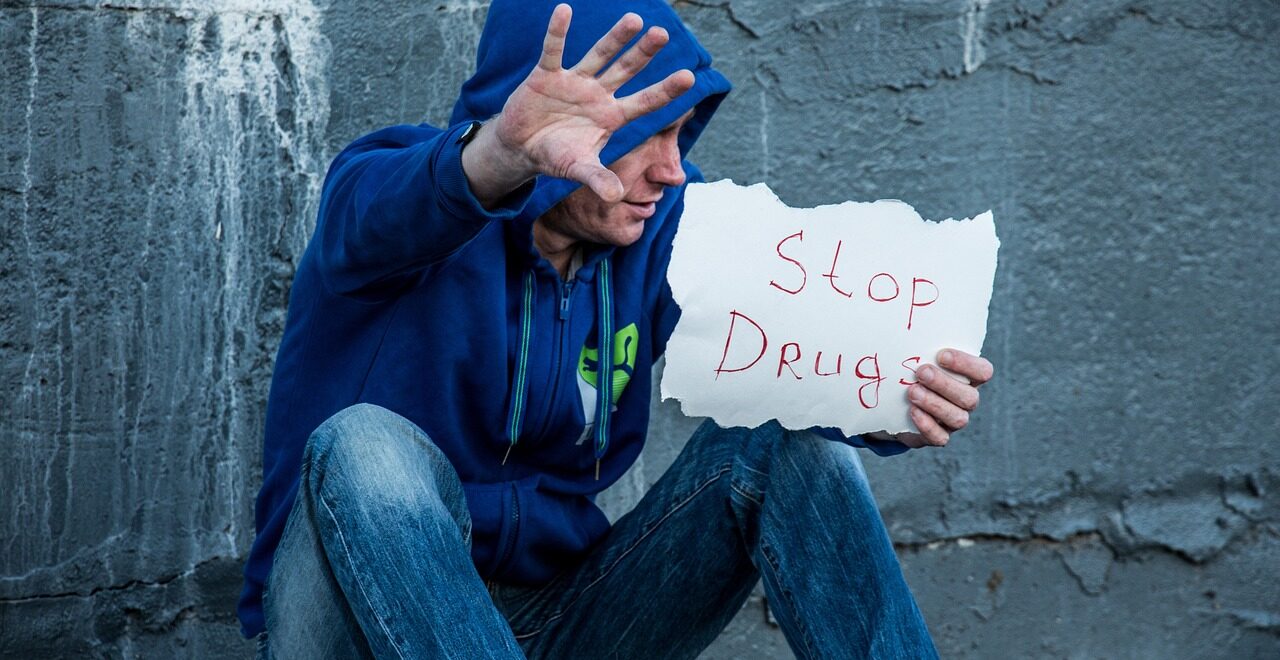Summary
Drugs in and out of prison are a huge cause of our overpopulation in prisons and on the streets, here I go over that.
The link between impacts from drugs, related crimes and overcrowding in prisons is a complex problem that many countries face around the world.
People who have impacts from drug related crimes make a complex web of abuse with drugs, addiction, and criminal activity places a significant burden on correctional systems.
The following blog delves into the complicated connection between drugs and overcrowding in prisons, examining its root causes, penalties, and possible answers to this ongoing issue.
The current drug war and strict laws surrounding the use of drugs have resulted in a substantial rise in the amount of people imprisoned for such crimes.
Nonviolent drug offenders are frequently sentenced to long prison terms, leading to the problem of prison overcrowding.
A thorough assessment of drug policies is needed to differentiate between those with low-level offenses who could profit more from alternate forms of recovery rather than imprisonment.
Drug addiction has been linked to constant criminal activity, with people becoming trapped in a cycle of drug-related offenses.
Confinement in prisons does not address the fundamental causes of drug use and addiction effectively.
A thorough strategy is required, with early detection, therapy, and rehabilitation programs valued within the prison system.
By solving the root cause of addiction, the possibility of recidivism can be reduced, therefore reducing the long-term problem of prison overcrowding.
Looking into options to incarceration for nonviolent drug offenders can be an effective plan for reducing prison overcrowding while supporting rehabilitation.
People having trouble with drug addiction may get proper therapy, support, and guidance outside of a prison thanks to drug courts, diversionary programs, and local treatment initiatives.
Instead of counting solely on punishment, these options point out the value of addressing an addiction as an issue of public health.
Reforming drug-related punishment policies and addressing the issue of overcrowding in prisons is super important.
A more healthy and sensible approach, such as cutting required minimum sentences for nonviolent drug-related offenses, can help free the strain on prisons.
Abuse programs, parole, and rehabilitation in the community helps a bunch and demonstrates potential for lowering crime rates and reducing prison populations, should be prioritized in sentencing reforms.
To successfully deal with drug-related crimes and prison overcrowding, different groups must work together.
In order to develop full proof strategies on the subject, law enforcement organizations, the courts, prisons, and local groups must work together.
Making investments in local treatment centers, as well as providing available healthcare, psychological care, and job possibilities for people in recovery from addiction, can help them reintegrate successfully and reduce their chances of making the same old mistakes they feel trapped in.
The complicated connection between impacts from drug related crimes and overcrowding in prisons creates a variety of issues that calls for detailed solutions.
Depending solely on incarceration to address addiction and reduce recidivism rates has proven useless.
By accepting alternatives to incarceration, creating sentencing reforms, and putting first thorough rehabilitation and assistance programs, societies can begin solving the issues of addiction and drug abuse while freeing pressure on correctional facilities.
A system of justice that prioritizes recovery, reduced crime rates, and supports safer communities can be realized through cooperation and a shift toward a more balanced and compassionate life for every number of society!

